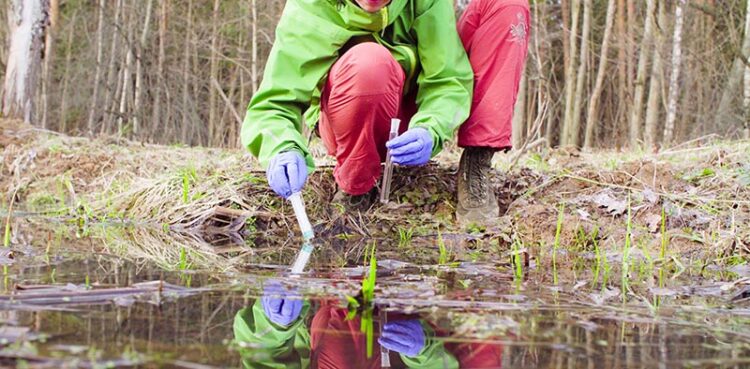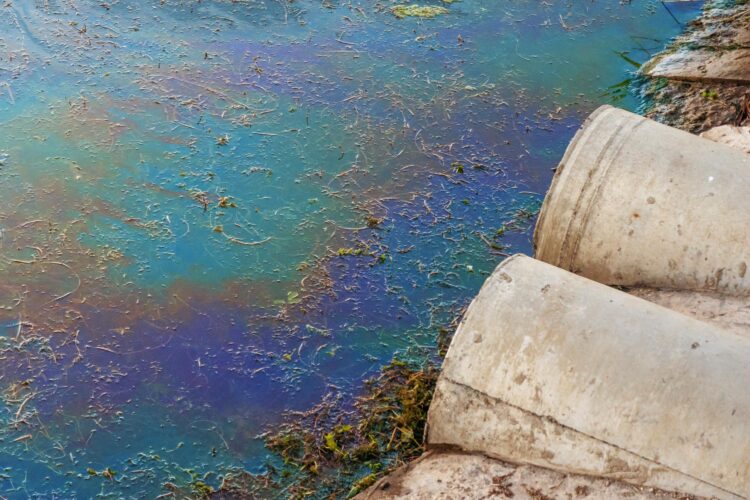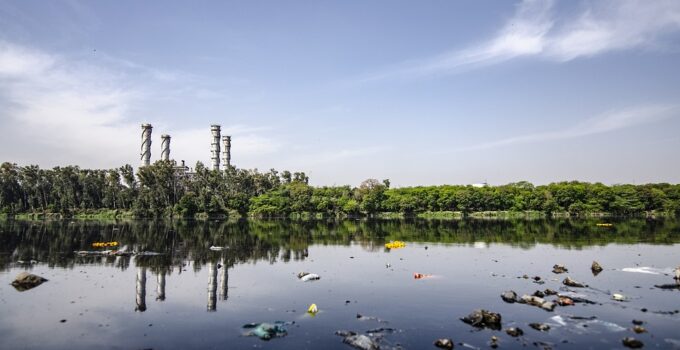Environmental contamination is an ongoing issue affecting communities across the globe, with significant implications for public health and justice. A study by the World Health Organization estimated that approximately 24% of all deaths worldwide could be attributed to environmental factors such as air and water pollution.
While each case of environmental contamination has its unique set of circumstances, they share a common thread of exposing vulnerabilities in our regulatory and social systems.
This article will explore the broader implications of environmental contamination for public health and justice, drawing on examples from Flint, AFFF, and other cases of environmental contamination, such as Love Canal and PCB contamination in Anniston, Alabama.
By examining these cases, we can better understand the systemic issues contributing to environmental contamination and the need for a comprehensive response to protect public health and ensure justice for affected communities.
Page Contents
Flint, Michigan: A Case Study in Environmental Injustice

Source: ehn.org
The Flint water crisis is a tragic example of environmental contamination and the underlying social and economic factors that contribute to it.
In 2014, the city of Flint switched its water source from Lake Huron to the Flint River, resulting in elevated levels of lead and other contaminants in the city’s drinking water. The switch was meant to be a cost-saving measure, but it ultimately led to a public health crisis.
According to the Michigan Department of Health and Human Services, almost 8,000 kids under the age of six were exposed to lead-contaminated drinking water during the Flint water crisis.
According to a study by Hurley Medical Center, the proportion of kids with elevated blood levels of lead virtually doubled after the water transfer. Developmental delays, cognitive impairments, and behavioral disorders have all been related to this exposure in terms of health consequences.
The Flint water crisis also highlighted the systemic issues of environmental injustice, with low-income and majority-Black residents disproportionately affected by the contamination.
AFFF Contamination: The Latest Chapter in Environmental Contamination

Source: gblawyers.com
AFFF, or aqueous film-forming foam, is a type of firefighting foam that contains per- and poly-fluoroalkyl substances (PFAS), which are persistent, bioaccumulative, and toxic compounds.
The use of AFFF has resulted in significant environmental contamination, particularly of groundwater and soil. The contamination occurs because the foam can seep into the ground, and the PFAS can leach into nearby waterways and soil.
The toxic substances in AFFF have been linked to various forms of cancer, including kidney, testicular, and pancreatic cancer, as well as immune system disorders, thyroid disease, and developmental problems in children. This has resulted in numerous lawsuits in recent years, with individuals and communities seeking compensation for the health effects of PFAS exposure.
If you have been affected by AFFF contamination, it may be worth considering contacting a reputable law firm to learn about AFFF Lawsuit Settlement Amounts and discuss your legal options.
You could consider booking a free consultation with TorHoerman Law, as the firm has extensive experience in representing victims of environmental contamination, including those impacted by other types of PFAS exposure, as well as cases involving toxic chemicals, defective products, and medical device injuries.
The firm has extensive experience in complex litigation and has recovered billions of dollars for clients in a variety of cases. They are committed to providing personalized attention to each client and their specific needs, ensuring that they receive the best possible representation.
In addition, TorHoerman Law provides no-cost case reviews and takes cases on a contingency fee basis, which means clients only pay if the firm obtains a successful settlement or judgment.
Love Canal: A Legacy of Toxic Waste and Community Advocacy
Love Canal, a neighborhood located in Niagara Falls, New York, rose to prominence in the late 1970s as a significant hazardous waste disaster scene.
In the 1940s and 1950s, Hooker Chemical Company, a subsidiary of Occidental Petroleum, used an abandoned canal in the Love Canal neighborhood as a dumping ground for its chemical waste. The company buried more than 21,000 tons of hazardous waste in metal drums and other containers, including toxic chemicals such as benzene, dioxin, and PCBs.
In the 1970s, the Love Canal disaster came to light after residents began reporting strange odors and health issues, including high rates of cancer and birth defects. In 1978, President Jimmy Carter declared a federal emergency and ordered the evacuation of over 700 families from the area.
A nationwide debate about the risks of environmental contamination and the demand for stricter laws to safeguard both public health and the environment was ignited by the accident. It prompted the creation of the Superfund program, also known as the Comprehensive Environmental Response, Compensation, and Liability Act (CERCLA), which provides money for the cleanup of hazardous waste sites around the country.
The PCB Contamination in Anniston

Source: comhs.org
The PCB contamination in Anniston is a tragic example of the environmental injustices that can occur when companies prioritize profits over the health and safety of communities.
For decades, the chemical company Monsanto produced PCBs at a plant in Anniston and then dumped its waste into nearby landfills and streams, contaminating the soil and water with high levels of PCBs.
As a result, the residents of Anniston were exposed to dangerous levels of PCBs through their air, water, and food and reported health issues such as cancer, thyroid problems, and immune system disorders.
The PCB contamination in Anniston became the subject of lawsuits and community activism that ended in 2003, with Monsanto settling a class-action lawsuit with Anniston residents for $700 million. The settlement provided compensation to residents who had been exposed to PCBs and set up a medical monitoring program to track their health.
Conclusion
The cases of environmental contamination discussed in this article are sobering examples of the far-reaching impacts that pollution and toxic substances can have on public health and justice.
By examining these cases and the broader implications of environmental contamination, this article aims to raise awareness of the human costs of environmental degradation and highlight the need for stronger environmental regulations and accountability.
It is our hope that this article will inspire readers to take action, whether by advocating for better environmental policies, supporting affected communities, or seeking legal recourse if environmental contaminants have harmed them.




